Everything You Need to Know About Diamond Clarity
Choosing the perfect diamond engagement ring is probably one of the most difficult things you’ll ever do. From the gemstone’s shape and size to its colour and carat weight — there’s just so much you’ve got to decide on! One of the most important things you need to take into consideration is the clarity of the diamond.
Choosing the best diamond clarity you can afford could be the difference between an engagement ring that’s okay and one that will blow your fiancée-to-be away. It can get a little confusing if you don’t know the proper terms, but it’s worth taking a few minutes to get to grips with them so you can get your hands on a beautiful engagement ring.
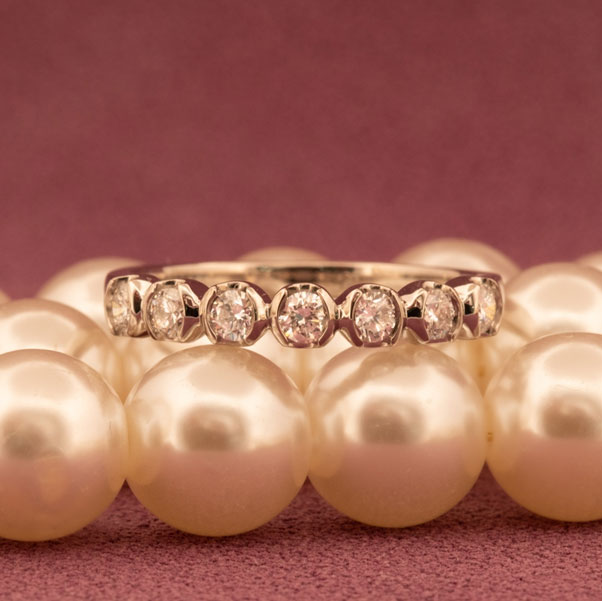
What exactly is diamond clarity?
Diamond clarity refers to how well the gemstone glistens and sparkles in the light. The higher the diamond clarity, the more it sparkles. The lower the diamond clarity, the less it sparkles.
The clarity of a diamond is determined by how many inclusions are present. For example, a high-clarity diamond will be almost free of inclusions and look flawless to the naked eye.
Diamonds are created when carbon is placed under an intense amount of heat and pressure. It’s this process that results in internal marks known as inclusions. Tiny crystals become trapped in the gemstone while it’s still forming and, over time, these develop and become inclusions.
Most of the time, you can’t see diamond inclusions just by looking at the gemstone. Only an expert jeweller with the right tools can see diamond inclusions. The fewer inclusions a diamond has, the higher the clarity rating the gemstone receives. At the same time, the more inclusions a diamond has, the lower the clarity rating the gemstone receives.
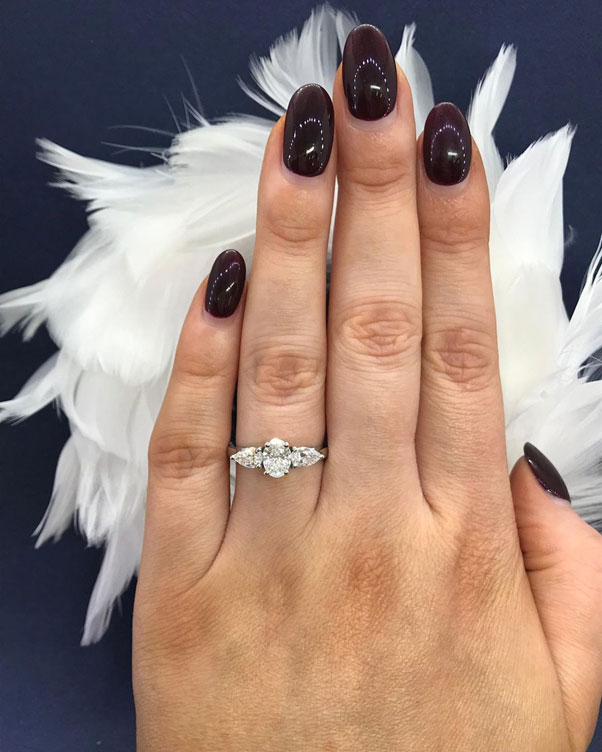
Diamond clarity grades
Diamond clarity is graded on a scale from FL to I3. The diamonds with a higher grade are rarer than the others and are more valuable. At Lorel Diamonds, we offer diamonds ranging from VVS1 to I1.
- VVS1 - Very very slight inclusions: No visible inclusions, even under 10x magnification.
- VVS2 - Very very slight inclusions: Barely any visible inclusions under 10x magnification.
- VS1 - Very slightly included: Minor inclusions barely visible under 10x magnification.
- VS2 - Very slightly included: Minor inclusions only visible under 10x magnification.
- SI1 - Slightly included: Inclusions visible under 10x magnification that are hardly visible to the naked eye.
- SI2 - Slightly included: Inclusions clearly visible under 10x magnification and visible to the naked eye.
- I1 - Included: Inclusions clearly visible to the naked eye.
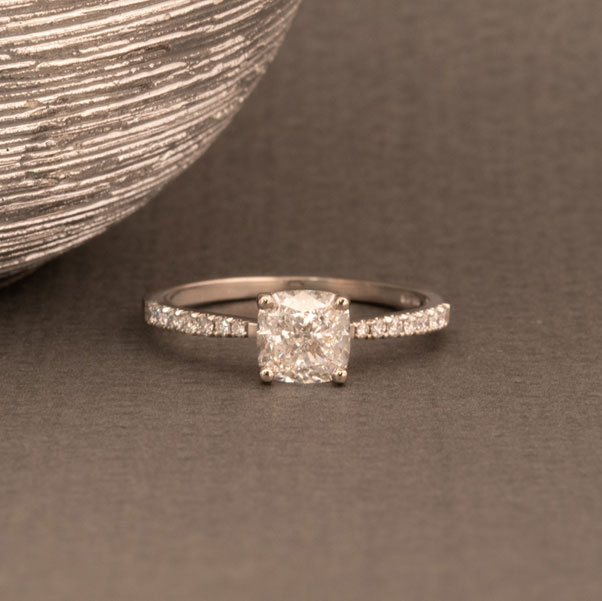
Does diamond clarity really matter?
A diamond’s clarity has a significant impact on the way it looks and because of this, it definitely does matter when you’re buying a diamond engagement ring. Diamonds with a high clarity rating sparkle much more brightly and brilliantly in the light than those with a lower clarity rating.
At the same time, it’s worth remembering that it’s the inclusions in a diamond that make it truly unique and give it its one-of-a-kind character. It all comes down to what you’re looking for in a diamond and how much you have to spend.
You May Also Like
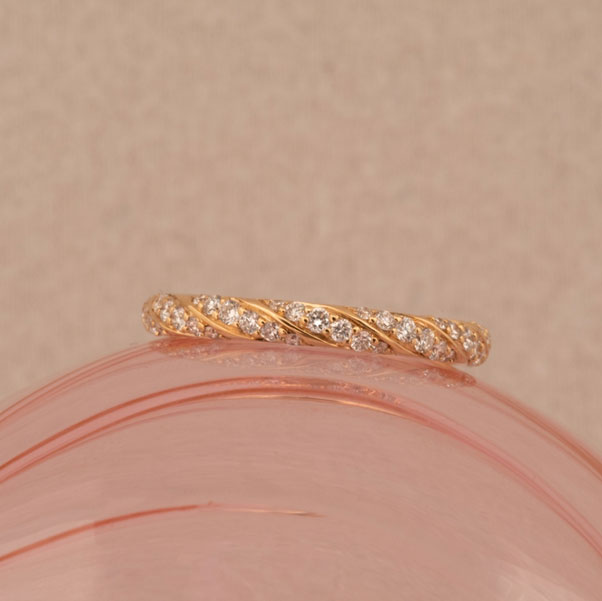
How to Style Your Wedding Ring
Congratulations, you’re married! You’ve fallen head over heels in love with your beautiful diamond enga ...
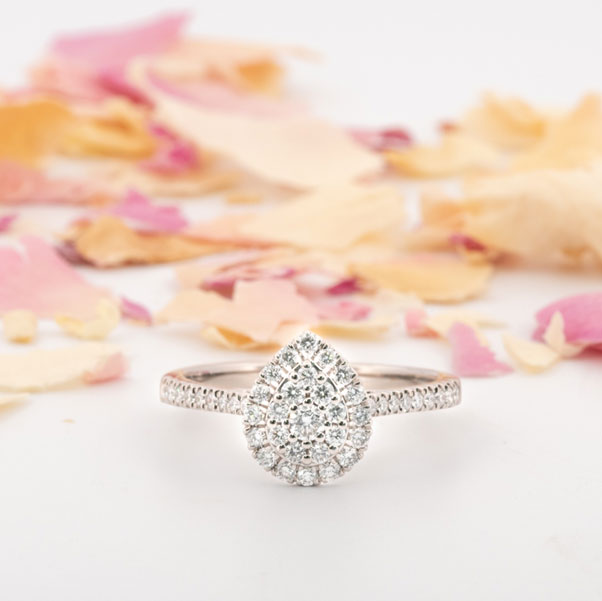
Engagement Ring Styles Explained
An engagement ring is one of the most important pieces of jewellery you’ll ever buy in your life. To make the ...

Ultimate Diamond Buying Guide
When you’re shopping for a diamond, one of the first pieces of advice you’ll usually get is to look fo ...






